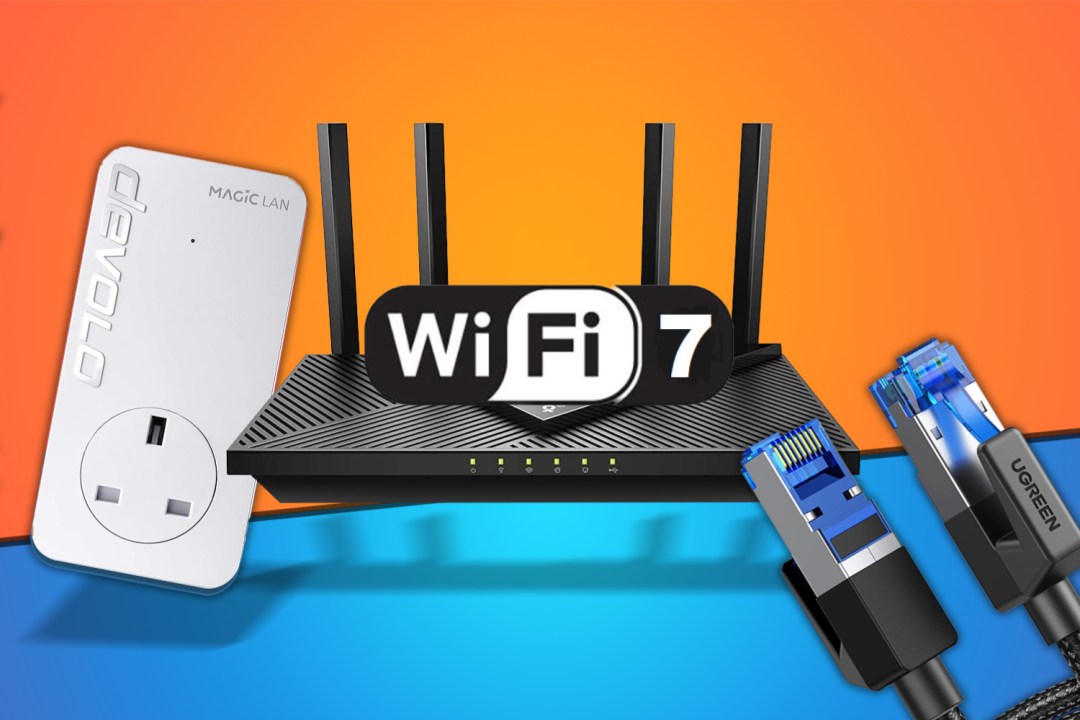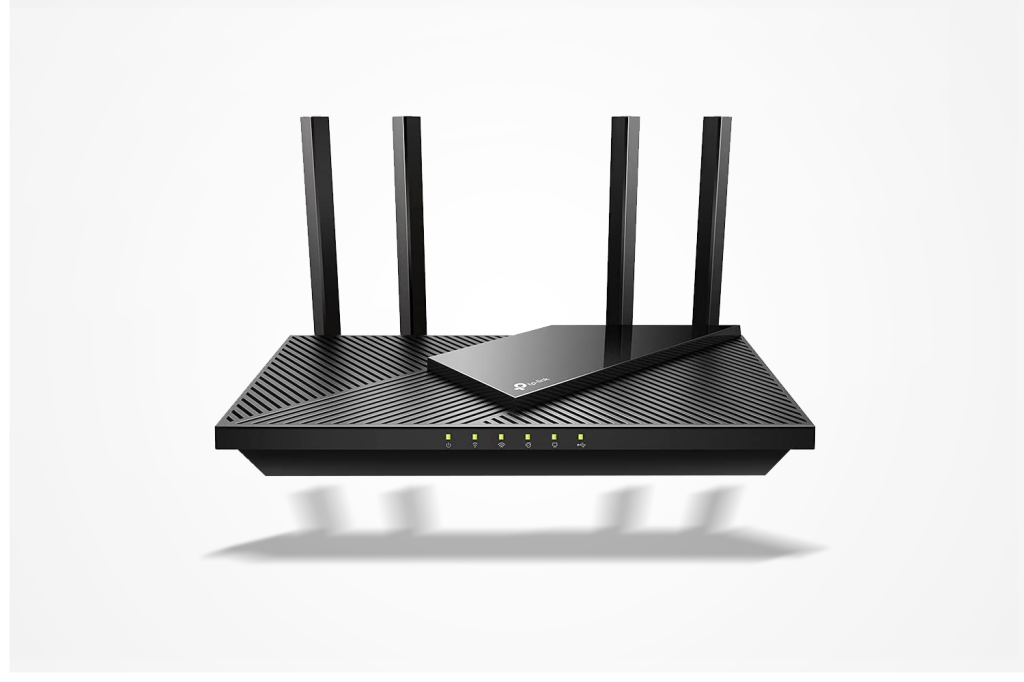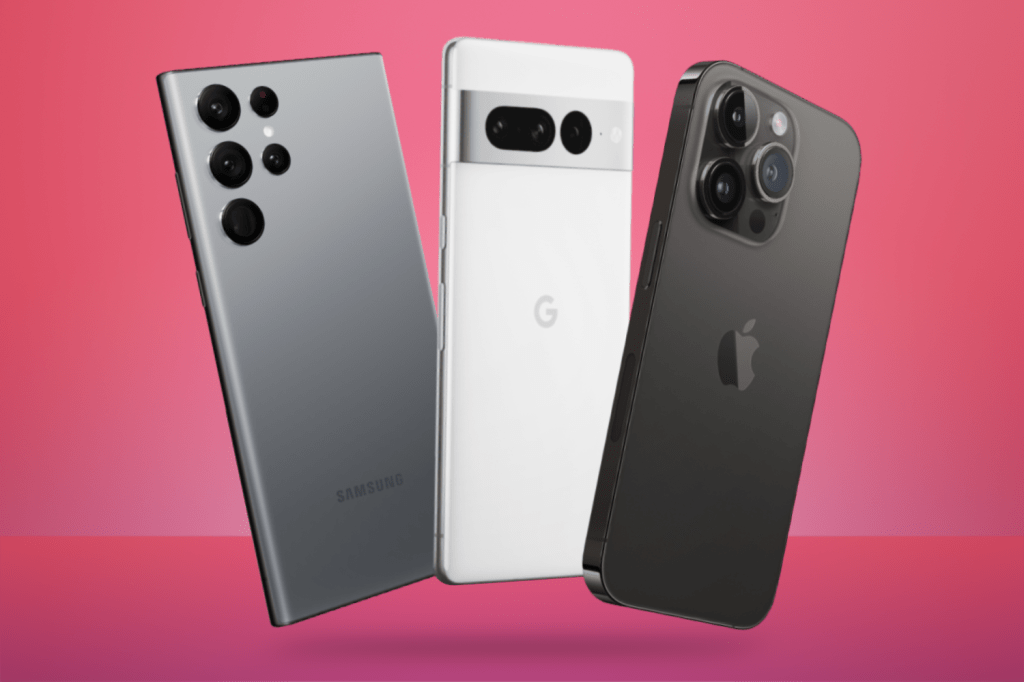What is Wi-Fi 7? Everything you need to know about next-gen Wi-Fi
Faster downloads and more stable connections are on the way. Here's all the latest on incoming Wi-Fi 7 gear

We’ve never been more connected to the web at any other point in time. At home? Your devices are likely on the Wi-Fi (maybe a mesh network).
Out and about? You’ll either be gobbling up data or asking for Wi-Fi password hand outs. There’s not a single model on our best laptops list that doesn’t have multiple bands of wireless goodness inside it. And there’s plenty of extra usage, too. Light bulbs now talk to the internet – not to mention fridges, ovens, and even tumble dryers (we think).
To keep up with all this traffic, we rely on Wi-Fi standards to provide a certain experience that we expect. While 6E is the latest version we’ve all got access to, Wi-Fi 7 is on the horizon. In fact, it’s set to start appearing in our homes and in the wild as early as this year. But what actually is Wi-Fi 7? How do you get it, and how is it better? Here, we’ll answer all your questions and look at everything you need to know about the upcoming standard.
What is Wi-Fi 7?
Wi-Fi 7 is the latest Wi-Fi standard, and the seventh generation overall. But what does this mean exactly? Essentially, this is the seventh version of Wi-Fi to be included in devices. Any device that has access to the internet or provides it (we’re looking at you, routers), includes hardware inside that allows connectivity. A bunch of clever folk at the Wi-Fi Alliance came up with the idea of standards (each generation) to ensure everyone gets the same experience, and to support certain criteria.

So if a device claims to be “Wi-Fi 7 Certified”, it has to meet certain requirements in order to claim this. These range from speed all the way to connection reliability. The idea is to make sure everyone that accesses the web gets the same connection.
Currently, the latest standard is Wi-Fi 6E. You might recognise this from the spec sheets of some of the latest smartphones. It allows devices to connect to gigabit speeds, and introduces a wider spectrum for less interference. It’s a generational upgrade from Wi-Fi 6, which came before it. Before that, we had Wi-Fi 5 released in 2014, with the roll-out of 5Ghz channels. And prior to that, we had standards with lots of funny names – we don’t need to worry about them quite so much.
How is it different from previous versions?
Wi-Fi 7 is a step up from its predecessor (Wi-Fi 6E) in a few key areas. For starters, you’ll get wider channels when connecting to the network. The new standard can support channels up to 320 MHz wide. What this means, is that connections can handle more traffic – just like a wider road could. When networks can support more traffic, you get less traffic. This means that you won’t see as many slowdowns when too many people are on the Wi-Fi at once.
The new Wi-Fi 7 can also handle higher amounts of data transmitting and receiving. Thanks to radio-frequency waves (and a fancy term called QAM). With a higher number of waves (four times as many, actually), your network will be able to send and receive data more quickly. This translates to faster speeds when you’re using the network. But with extra waves, the range of your connection will start to fall.

Luckily, manufacturers are aware of this, and will be able to pack some extra power into Wi-Fi 7 routers. Expect to see some bigger antennas for some seriously long-range signals. On top of this, Wi-Fi 7 can connect to devices across different channels, which makes things more efficient.
Essentially, you’re getting faster speeds, extra support for usage, and more stable connections. While you might notice these benefits at home if you’ve got a lot of traffic, Wi-Fi 7 will really flex its muscles on larger scales. Connections will be less congested in rural areas, or at large-scale events. It means devices will also be able to stream higher-quality and larger amounts of video at once, which is ideal for a ramp up in VR content.
So, when will I actually get Wi-Fi 7?
Unfortunately, this question doesn’t have such a straightforward answer. Wi-Fi 7 requires new hardware on both ends of the internet connection. That is to say, both routers and connected devices need new hardware inside in order to reap the benefits of the new standard.
There are already some Wi-Fi 7-equipped routers ready to hit the shelves. TP-Link has a whole line-up of new connecting boxes ready to go, including ones with 10Gbps ports, touchscreens, and mesh network support. Expect other manufacturers to follow later in the year, and for the number of new routers to increase over the next year or two. Check out our guide to the best mesh networking gear.
In the UK, BT-owned EE has said they will be bringing Wi-Fi 7 to its routers in 2024, too, using Qualcomm tech.

But we’re still a little way off from Wi-Fi 7 actually arriving in any devices. And to take advantage of the new standard, you will need to grab some new gear. Thankfully, the standard is backwards compatible, so Wi-Fi 7 routers can still connect to devices with only Wi-Fi 6E, and the other way around.
Both Qualcomm and MediaTek have announced chipsets that support Wi-Fi 7, but device manufacturers need to start using them. Some higher-end phones, laptops or tablets are starting to roll out with Wi-Fi 7 in 2024.
When the new standard is more widely available, and we’ve had the time to upgrade gear, we’re in for faster speeds and more reliable connections. Wi-Fi 7 is more of a general performance boost to the everyday internet user. But the potential to support VR and AR content or provide connections in very busy areas is definitely exciting. Expect fewer buffer wheels going forwards.